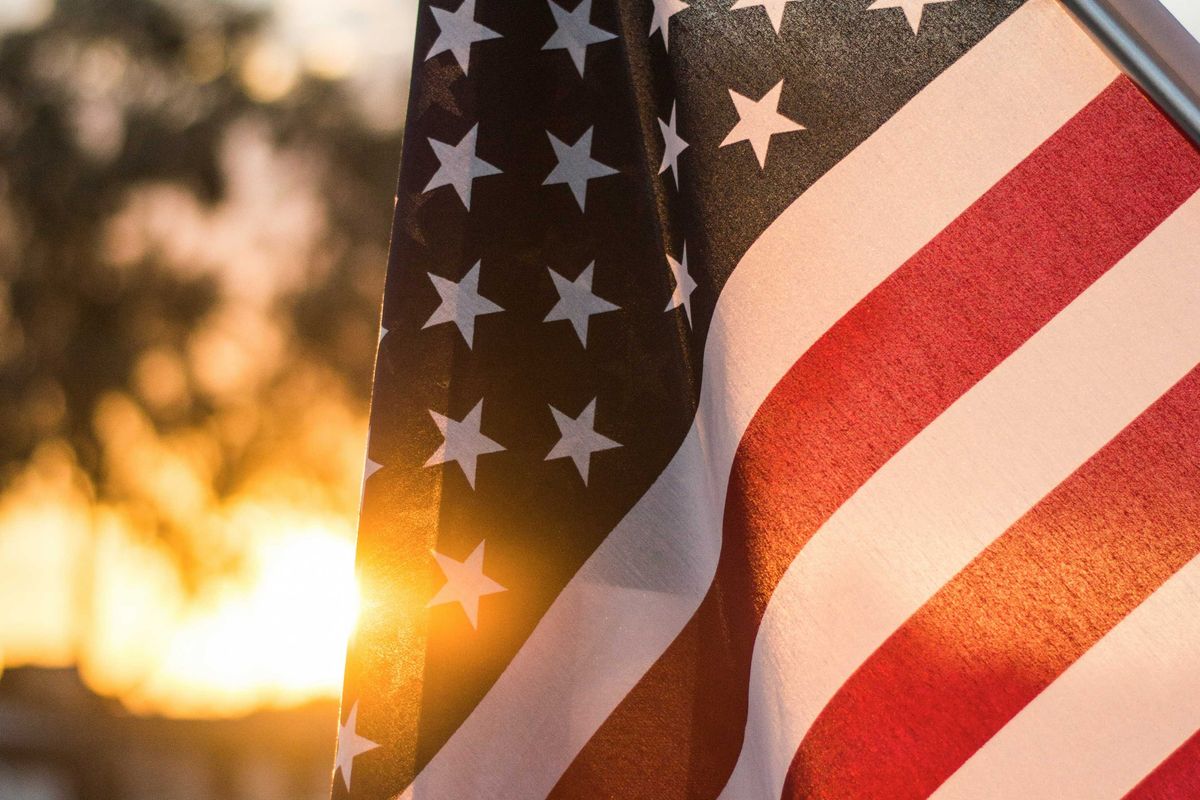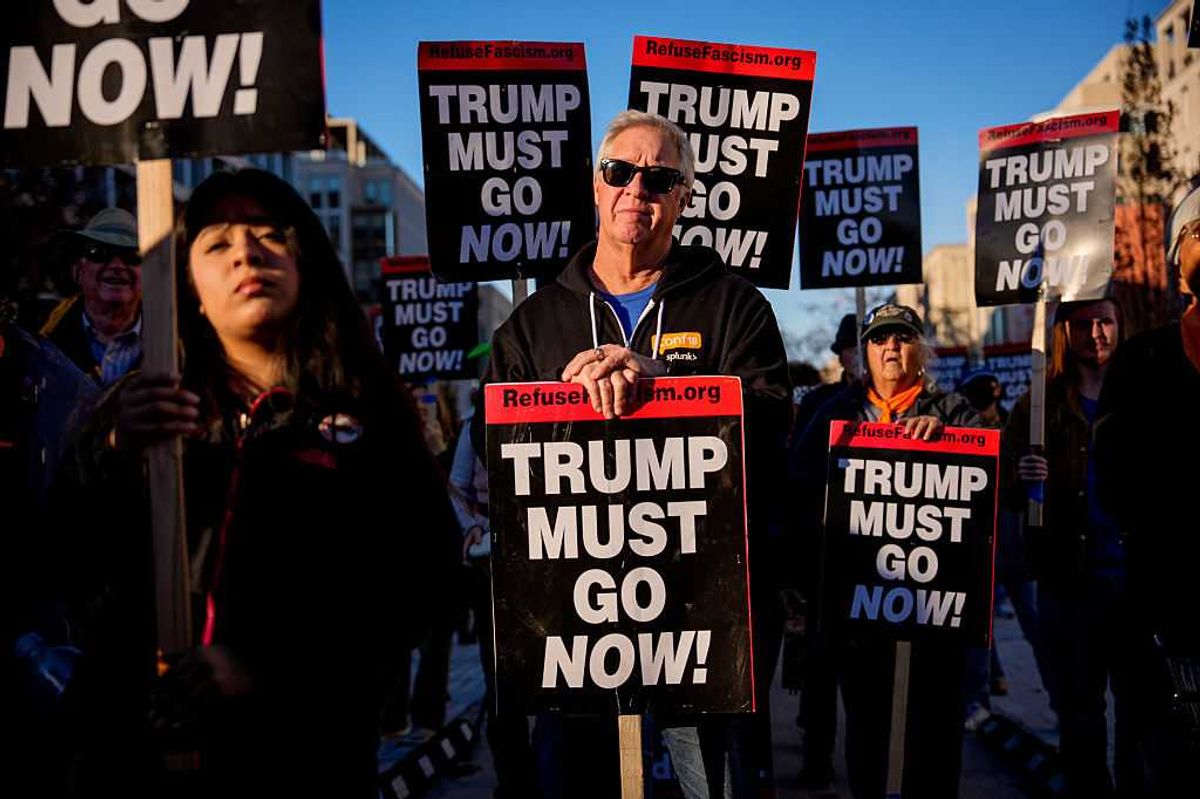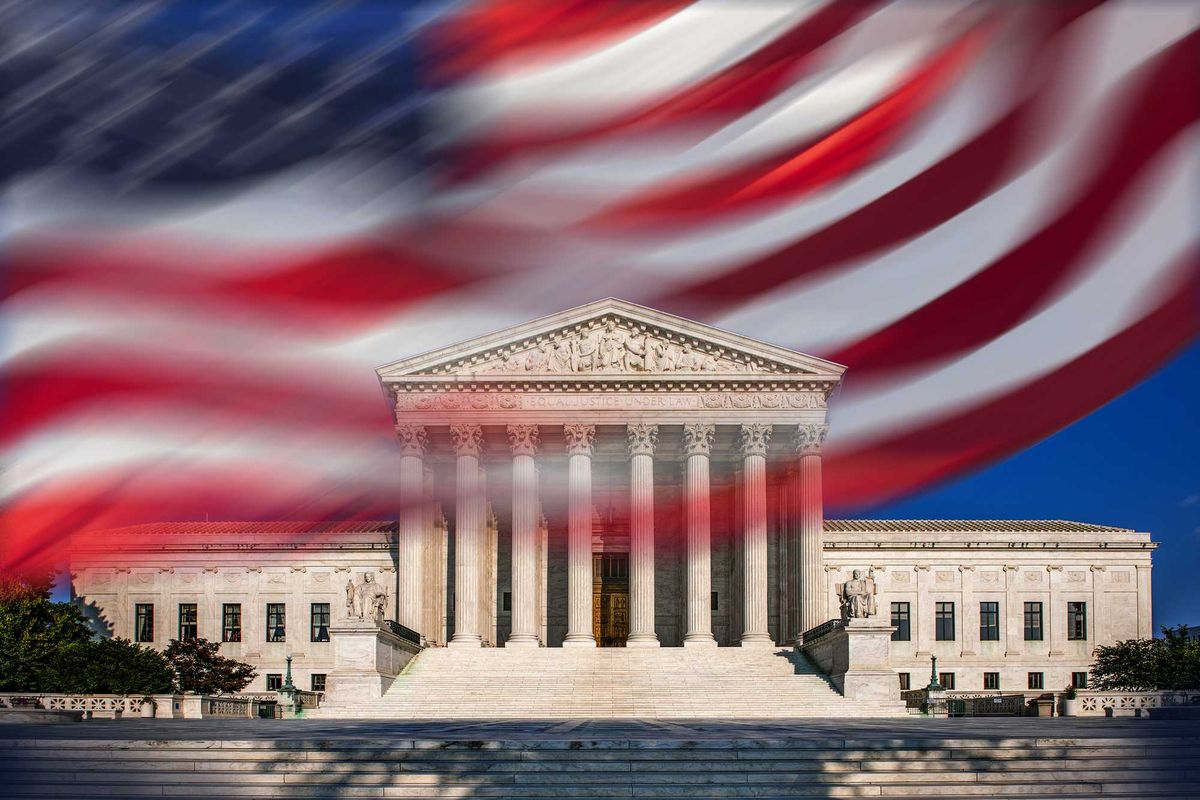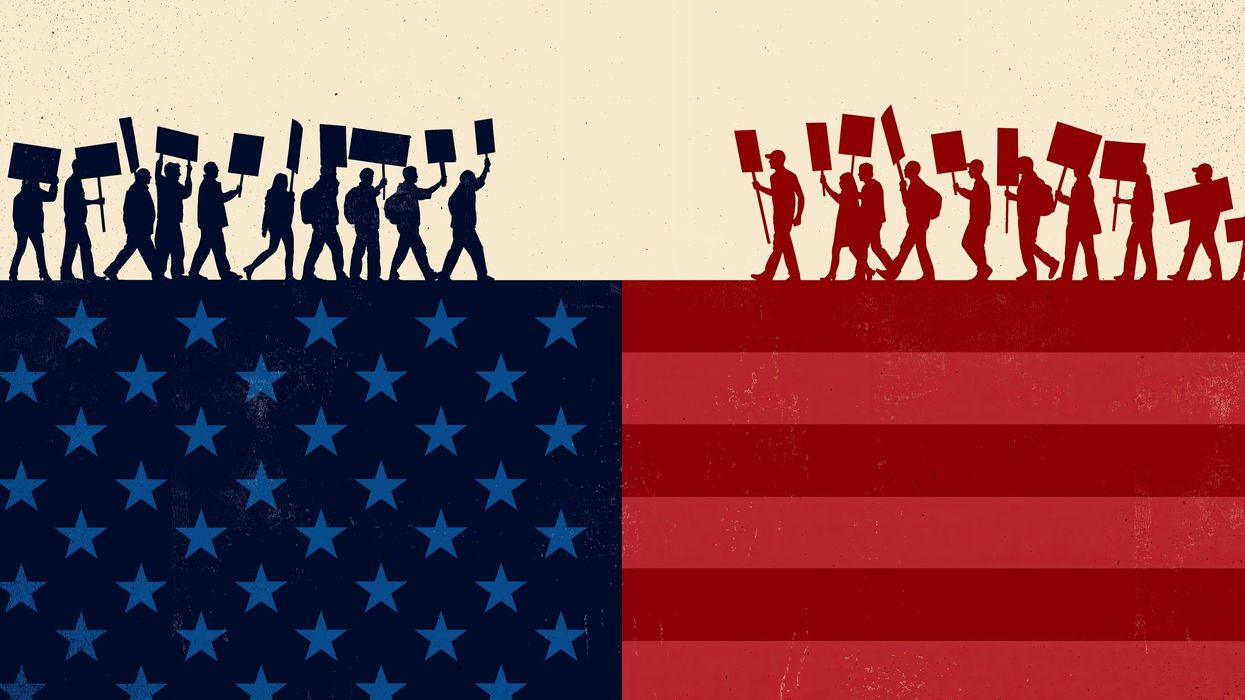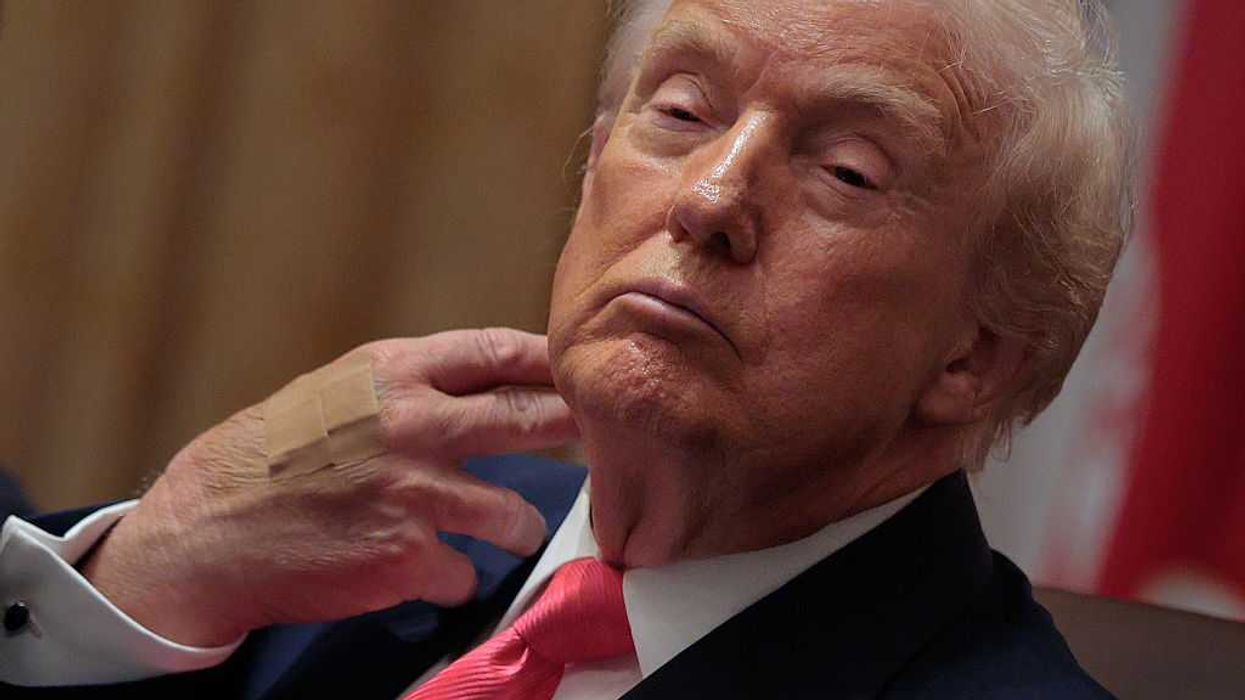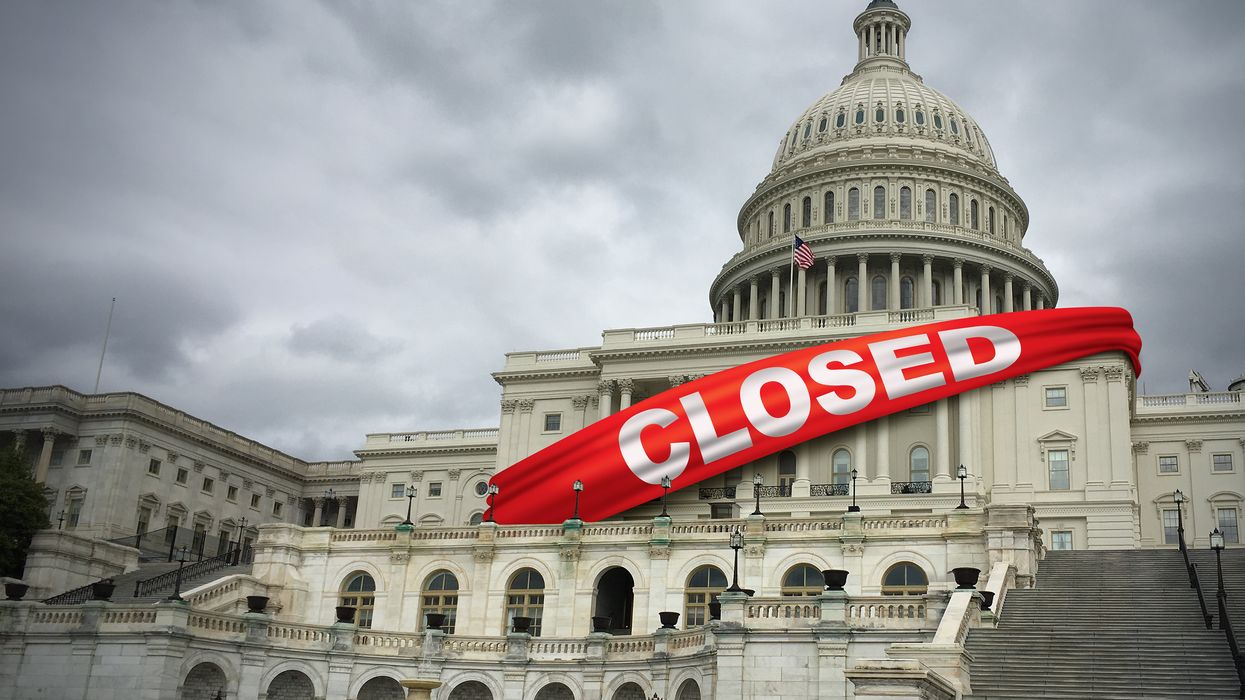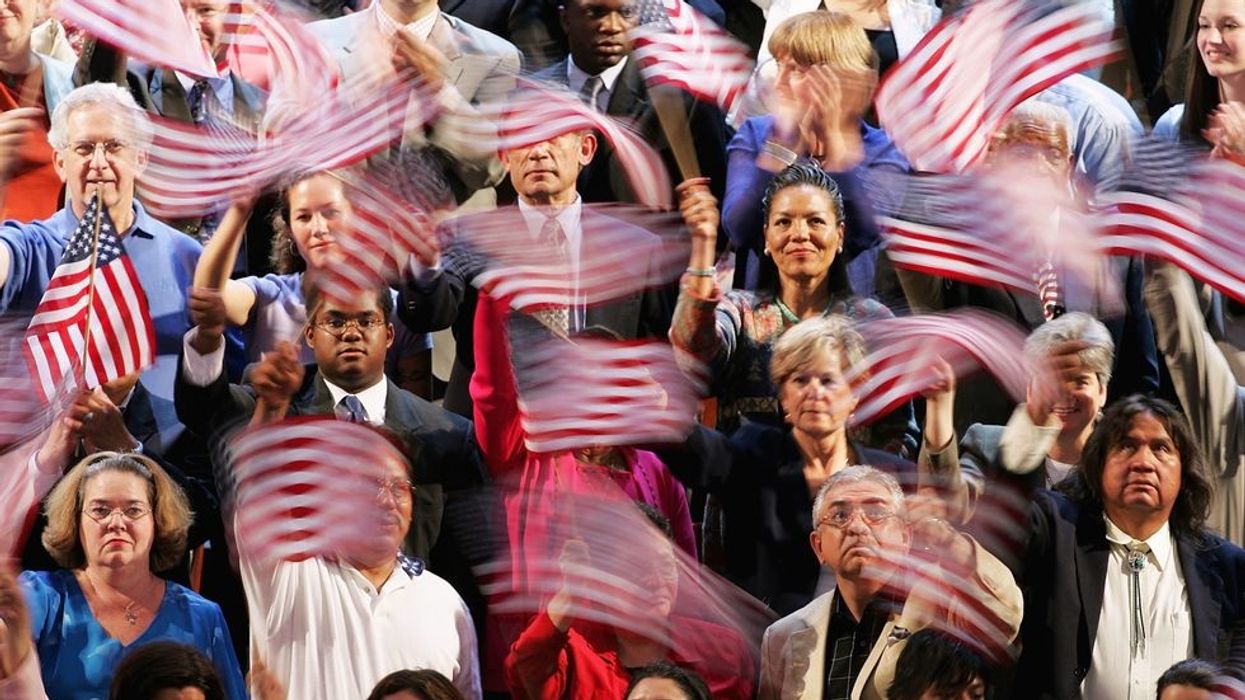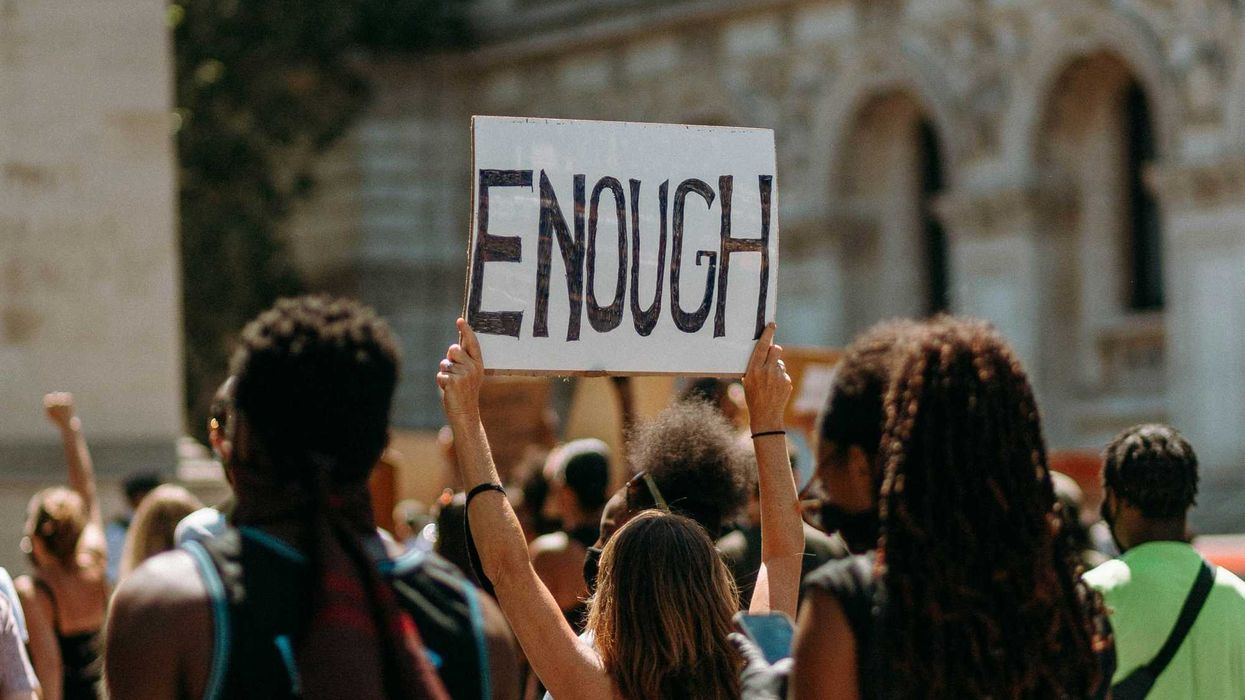While the provision making Election Day a federal holiday is quickly becoming one of the more polarizing parts of the House Democrats' political process overhaul bill, dubbed HR 1, one small city in Ohio has quietly and easily decided to make the move on its own.
Sandusky, a summertime destination on Lake Erie halfway between Toledo and Cleveland (population 26,000), will make the first Tuesday after the first Monday in November a holiday starting this fall – replacing Columbus Day. City commissioners made the move with minimal debate last week, just as Majority Leader Mitch McConnell was deriding such an idea as a Democratic "power grab" on the Senate floor.
"What better way to celebrate the value of our employees and citizens than by removing barriers for them to participate in the greatest of American innovations, our democracy," the city government postedon Facebook.
"We are swapping them to prioritize Voting Day as a day off so that our employees can vote," city manager Eric Wobser told the Sandusky Register. "It's also because Columbus Day has become controversial, and many cities have eliminated it as a holiday."
Several other cities have stopped observing Columbus Day or renamed it "Indigenous Peoples' Day," noting the poor treatment of Native Americans by Christopher Columbus and other European explorers. But the House Democratic legislation would retain Columbus Day as a federal holiday and add Election Day.
Election Day is a paid day off for state employees in 13 states. And a survey by the Pew Research Center last fall found 71 percent of Democrats and 59 percent of Republicans in favor of nationalizing the holiday.
Sandusky proper falls in the congressional district held by Democrat Marcy Kaptur, a cosponsor of HR 1, but some of its neighboring towns are represented by Jim Jordan, a Republican who has been one of the most vocal critics of the legislation.

